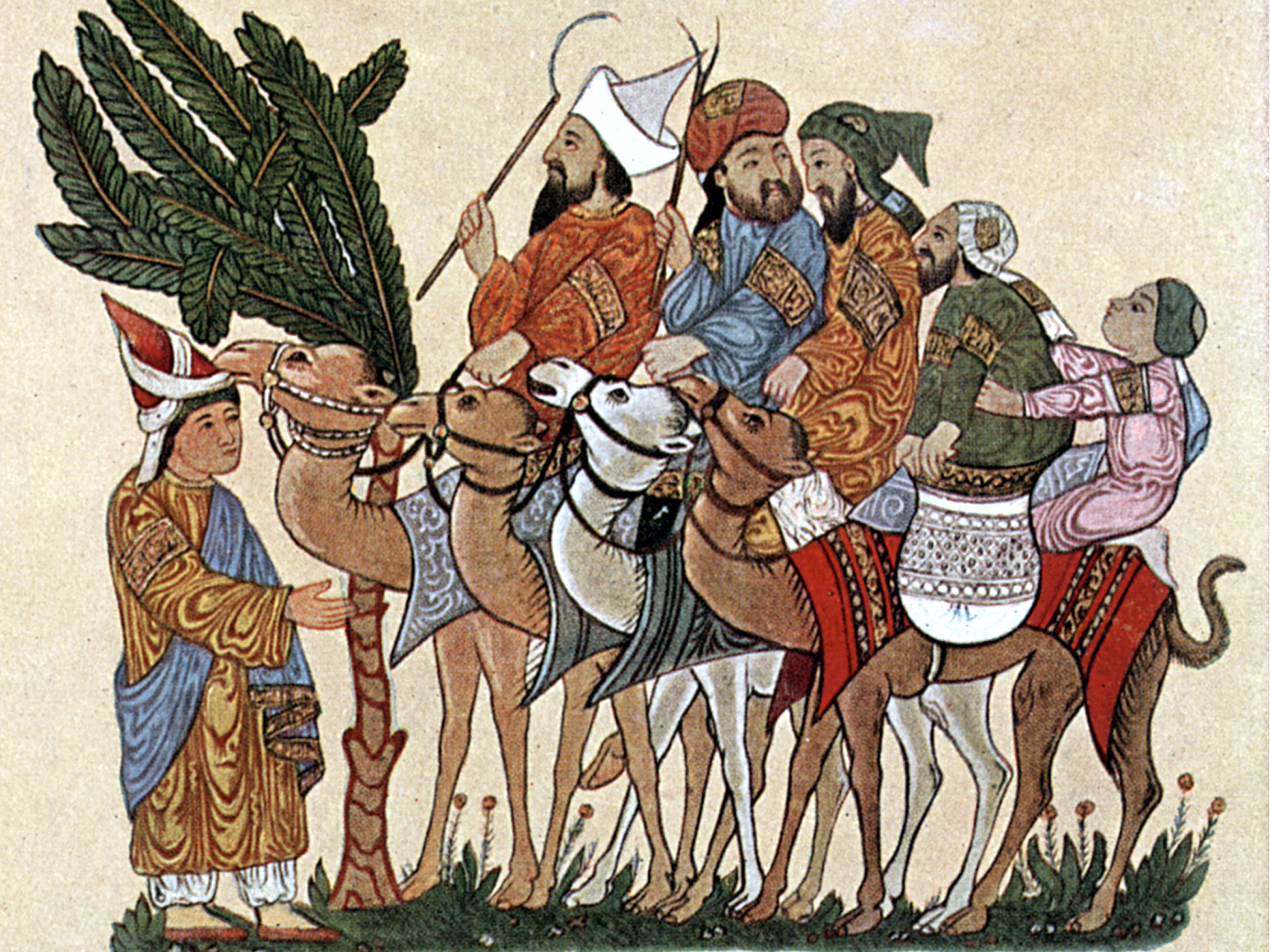If the urge to travel is a universal human instinct, the urge to tell others of your journey may well be too. In medieval North Africa, travelers and tourists produced a plethora of travelogues and guidebooks for a readership eager to read about their voyages.
“There’s a variety of reasons why people wanted to read this kind of writing,” Amira K. Bennison, a historian at the University of Cambridge, tells New Lines’ Lydia Wilson. For merchants, it was important to know which cities produced which goods and what they could expect on their own journeys. For rulers, it was a source of information or even intelligence about what was happening in their realms.

“It takes them out of what for some readers must have been a much more humdrum existence, with little chance of travel beyond their own town or country.”
But for many people, it was simply because they wanted to read stories of far-off lands. “It takes them out of what for some readers must have been a much more humdrum existence, with little chance of travel beyond their own town or country.”
Not all of these were accurate. “There are tales of a statue in Cadiz which speaks, or cities of bronze in the desert,” explains Bennison. “I don’t think that people in the past were necessarily naive or necessarily taken in by these kinds of stories, but the world was much more mysterious. There were lots of places where most people had never been and would never go, and really weren’t quite sure whether these things existed or not.”
But just like today, travel writing could be as much about the author’s experiences as the place itself. Medieval readers didn’t just want to know what was there; they wanted to know what it felt like to be there too.
“I think it’s that which really captures people’s imagination and gives them the sense of the expansiveness of the world,” Bennison says.
Produced by Joshua Martin


